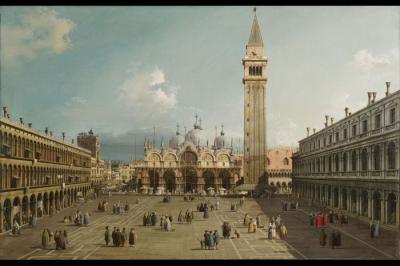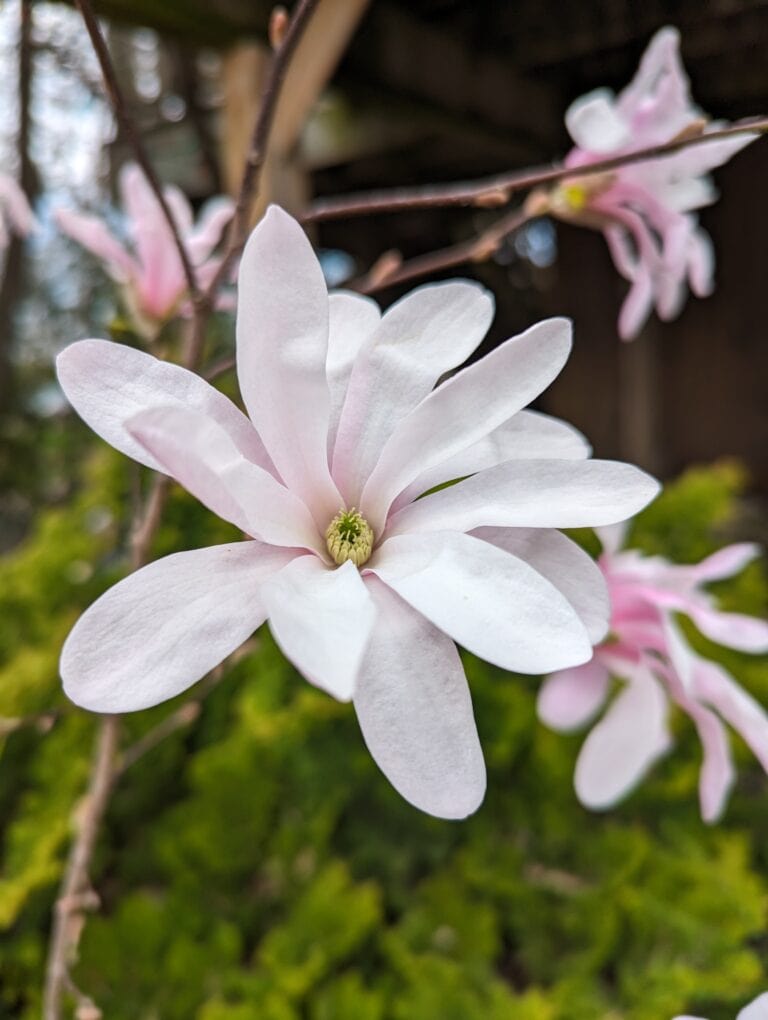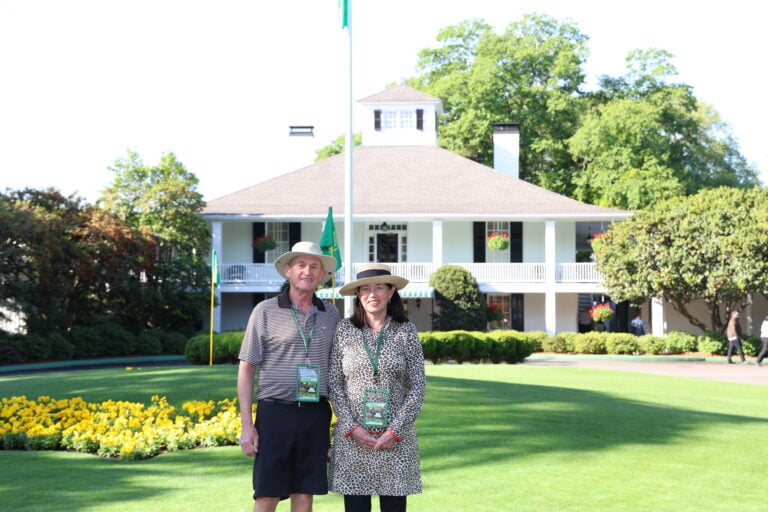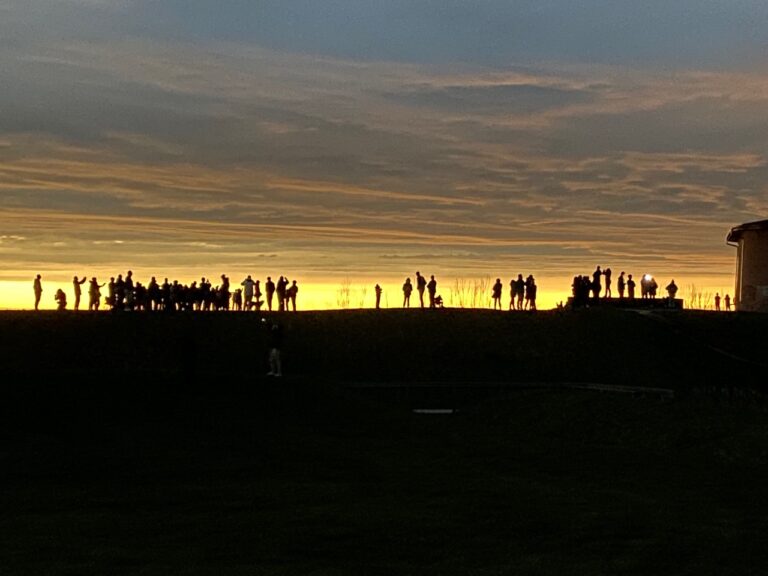Imagine, you are sitting at a sidewalk café in St. Mark’s Square in Venice. The day is grey, mild. The dampness from the Adriatic Sea is raw and penetrating so you draw your jacket a little closer.
You survey the square, which is a rectangle. COVID has kept tourists away for the last two years. Now, they are filtering back for the reinstatement of Carnival and the Biennale. If you have been here before, memories are sure to engulf you.
I first saw Venice on an October day decades ago. The rain was pelting down and we were wet, cold and shin deep in the water flooding the Square.
It was the "acqua alta," when water levels surge to flood the low-lying areas of the city. After an obligatory and unromantic gondola ride with an unsinging, stony-faced gondolier who wished he was elsewhere, we abandoned Venice for Florence where we were swept into a noisy, volatile and tense Communist demonstration. This was an early experience in the profound difference between these two giants of Italian art and culture.
Years later, I was back in Venice as an art history graduate student, sitting in the square with a female fellow student, drinking espresso, listening to Viennese waltzes and observing mingling tourists, pigeons and the light playing on the golden mosaics of the Basilica of San Marco.
It was July, hot, humid and enervating. Two young American men asked if they could join our table. We agreed. They peppered us with questions. Names? Where from? Why in Venice?
We lied, gave different names, cities, other reasons. It became a game, amusing at first, then not. Why did we do this? Something we had never done in the past? To say it is in the tangy salt air of Venice is not far off.
Concealment is part of its history, its spectacular success as a trading maritime empire, its avarice and wealth, its war victories, shrewd diplomacy, controlled and stable civic order, carnival masking and licentious behaviour. Beneath the glittering palace façades lay fetid prisons, swift justice and brutal deaths.
Venice is living theatre and one swiftly becomes an actor on its stage. Visitors and collectors have always been eager to buy in to its experience.
One artist, above all others, to meet the acquisition need of collectors, particularly British, was Giovanni Antonio Canal, known as Canaletto, (1697-1768), uncelebrated in his own time but since revered.
Canaletto was giving us the Venice we want to see. He was a master of manipulation, slightly moving buildings and their dimensions, altering architecture and costumes in portrayals of tranquil cityscapes as well as the swirling golden glory of the city’s lavish rituals and pageants.
His paintings are snapshots, still moments that lodge in the memory. Satisfying to a degree, but what remains are questions for the curious, of what lies down the unseen dark, narrow, twisting alleys and cul de sacs where one can become easily lost, beyond and behind those perfect façades of "La Serenissima."
Penny-Lynn Cookson is an art historian who taught at the University of Toronto and was head of extension services at the Art Gallery of Ontario. Her lecture series on "La Serenissima – Venice in Art and History" can be seen on Zoom from the RiverBrink Art Museum, Thursdays at 11 a.m. from Feb. 17 to March 24.










